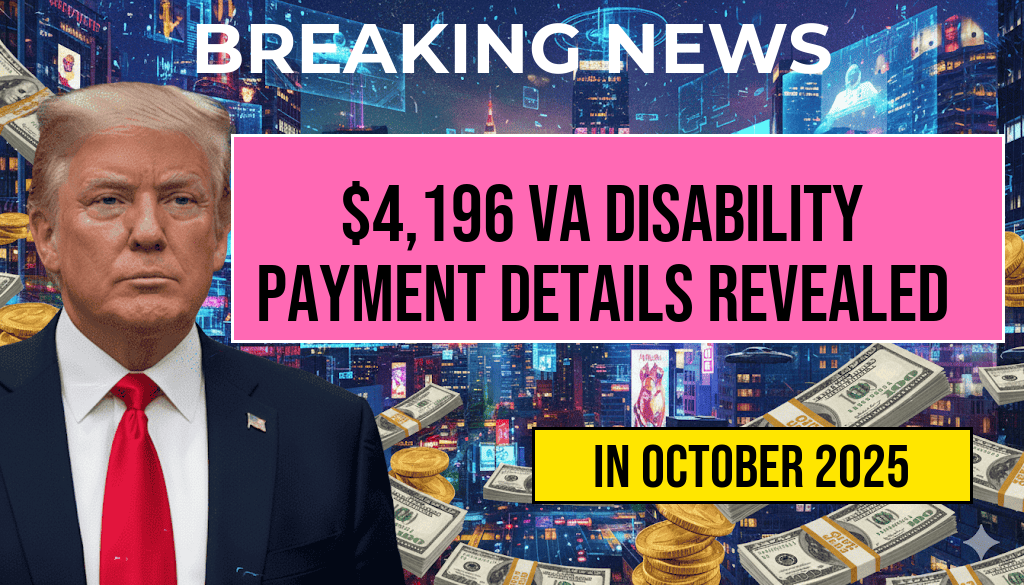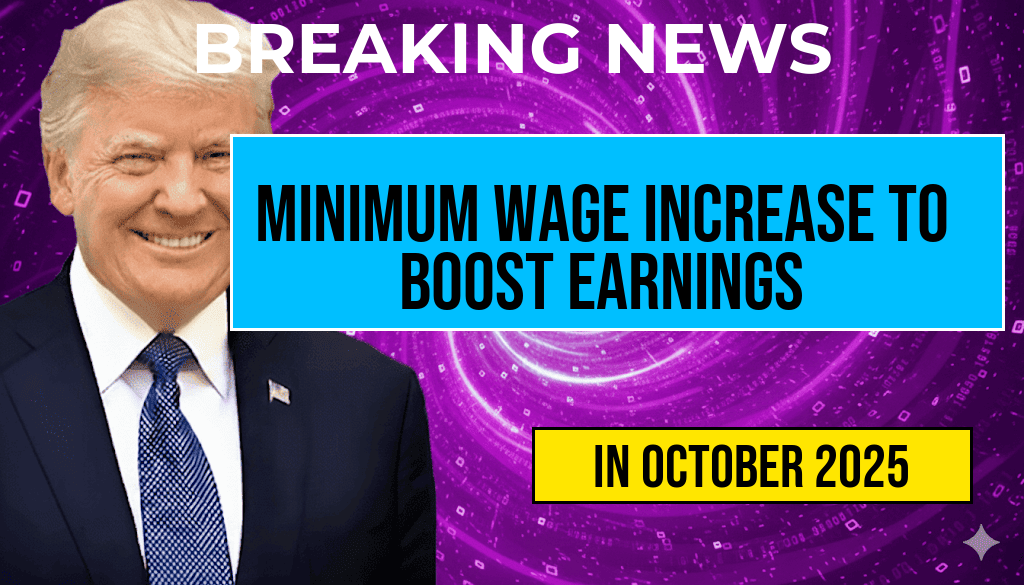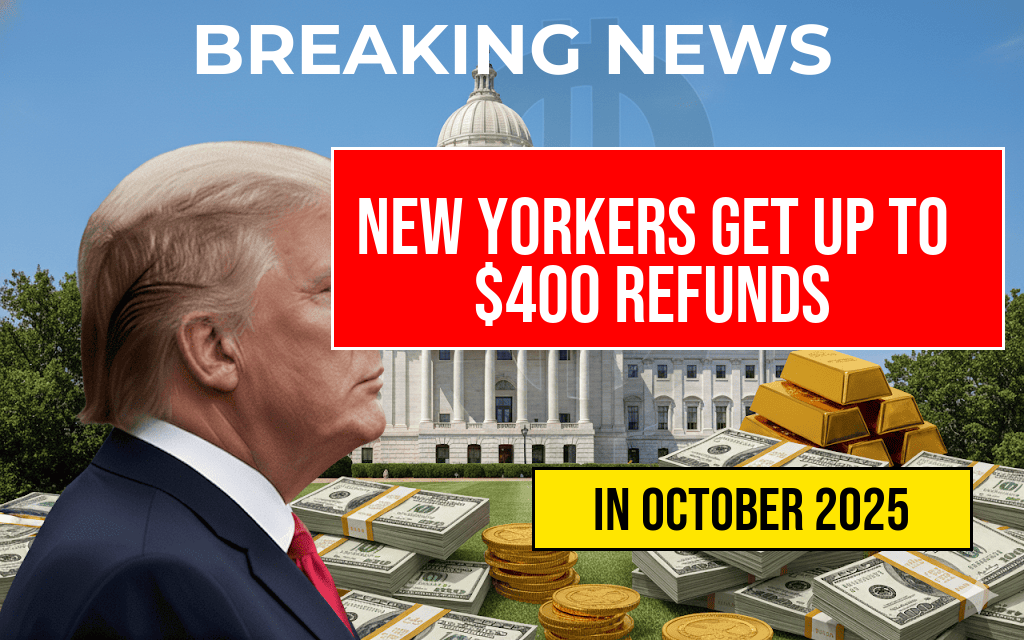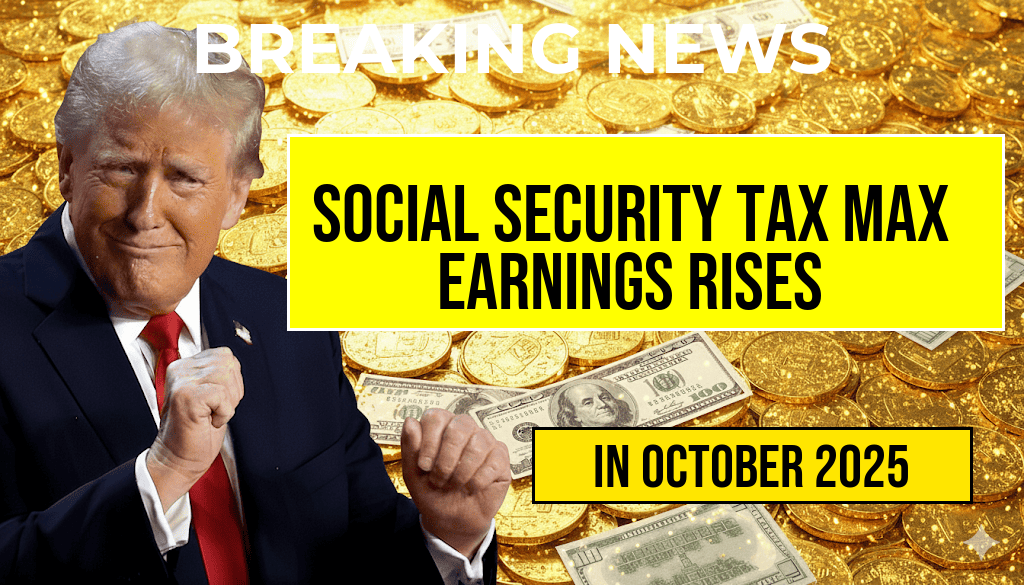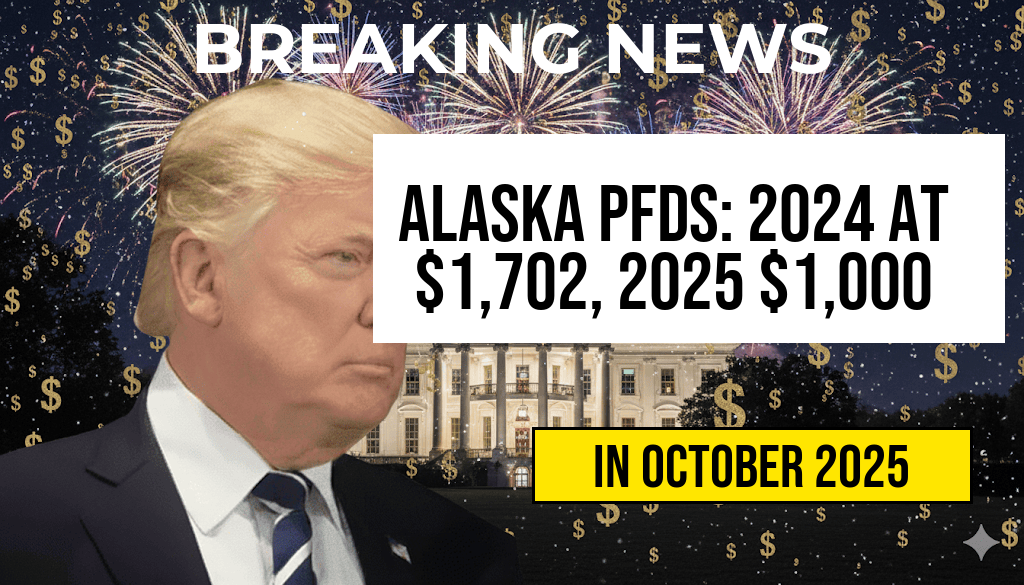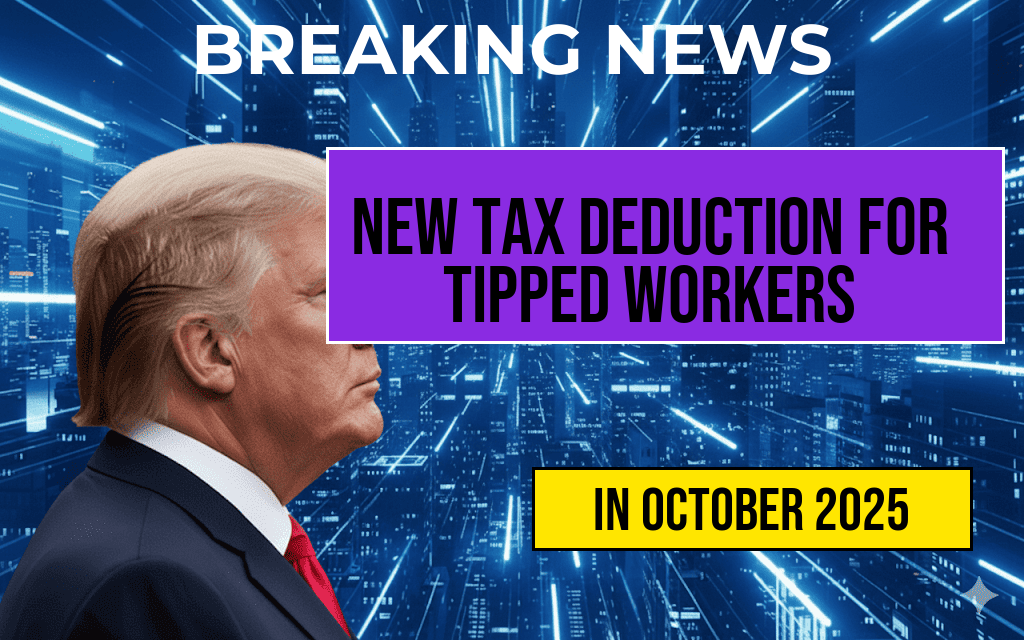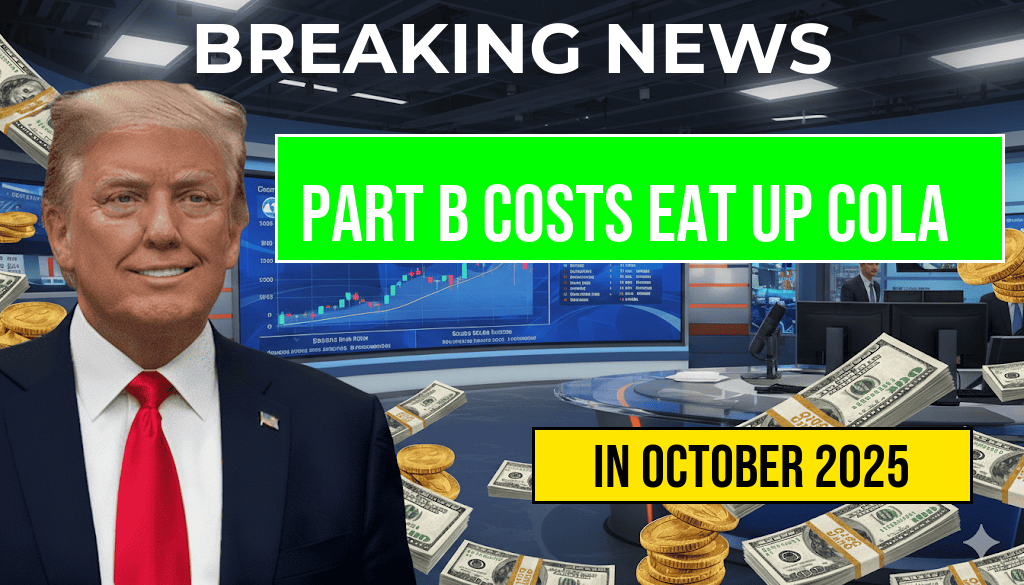The anticipated increase of the federal minimum wage to $15 per hour is projected to significantly enhance the annual earnings of approximately 32 million American workers. According to the latest analysis from the Economic Policy Institute, this wage hike could result in an additional $3,300 in take-home pay for those currently earning the minimum wage. Advocates for the increase argue that it is a much-needed step towards ensuring a living wage, while opponents raise concerns about potential impacts on small businesses and employment rates. As discussions around this legislative change gain momentum, various stakeholders are weighing the economic implications and the potential for improved living standards across the nation.
Understanding the Wage Increase
The move to raise the federal minimum wage has been a topic of heated debate for years. Currently set at $7.25 per hour, the last adjustment occurred over a decade ago. Advocates highlight that the cost of living has risen dramatically since then, making the existing wage insufficient for workers to meet basic needs.
Economic Impact on Workers
With the proposed wage increase, workers earning minimum wage can expect a notable boost in their annual earnings. The Economic Policy Institute’s report outlines the following key benefits:
- Improved Living Standards: An increase to $15 per hour would enable workers to afford essential expenses such as housing, food, and healthcare.
- Reduction in Poverty Rates: Higher wages are expected to lift many families above the poverty line, contributing to overall economic stability.
- Increased Consumer Spending: As workers have more disposable income, it could lead to greater spending, positively impacting local economies.
Concerns from Small Businesses
While many support the wage hike, small business owners express concerns about the potential challenges they may face. Some of the primary apprehensions include:
- Increased Labor Costs: Small businesses may struggle to absorb higher payroll expenses, leading to difficult decisions regarding staffing and pricing.
- Potential Job Losses: Critics argue that some businesses may respond to increased wages by reducing their workforce or cutting hours.
- Competitive Disadvantages: Smaller companies may find it challenging to compete with larger corporations that can more easily adapt to wage increases.
Broader Economic Context
The federal minimum wage increase is part of a larger conversation about income inequality and economic justice in the United States. A report from the Forbes highlights that the current wage fails to reflect the rising costs of living across various regions. The discussion around a $15 minimum wage is supported by numerous studies showing the positive impact on workers’ well-being and the economy as a whole.
State-Level Initiatives
Many states and cities have already taken steps to raise their minimum wages beyond the federal level. For instance:
- California: As of 2022, California’s minimum wage stands at $15, with plans for further increases tied to inflation.
- New York: New York City has implemented a $15 minimum wage, which has been credited with reducing poverty levels.
- Washington: Washington State also leads with a minimum wage that exceeds $15, showcasing a successful model for other regions.
Looking Ahead
As lawmakers prepare to vote on the federal minimum wage increase, the potential benefits and challenges will continue to be scrutinized. The outcome of this legislation could redefine the economic landscape for millions of workers across the nation. Stakeholders from various sectors will be closely monitoring the developments, as the implications of a $15 minimum wage could reshape the future of work in America.
Resources for Further Information
For those interested in exploring the topic further, the following resources provide in-depth analyses and discussions:
- Economic Policy Institute: Detailed reports on minimum wage impacts.
- The Washington Post: Insights on regional wage disparities.
Frequently Asked Questions
What is the new federal minimum wage being proposed?
The new federal minimum wage being proposed is $15 per hour.
How many workers will benefit from the minimum wage increase?
The increase is expected to benefit approximately 32 million workers across the country.
What is the expected impact on annual earnings for workers?
Workers are expected to see an increase in their annual earnings by about $3,300 as a result of the wage hike.
When is the federal minimum wage increase expected to take effect?
While the exact date is still under discussion, the federal minimum wage increase is anticipated to be implemented soon following legislative approval.
What are the potential economic implications of raising the minimum wage?
Raising the minimum wage could lead to increased consumer spending, potential job growth, and improved living standards for low-income workers, although it may also raise concerns about business costs.

